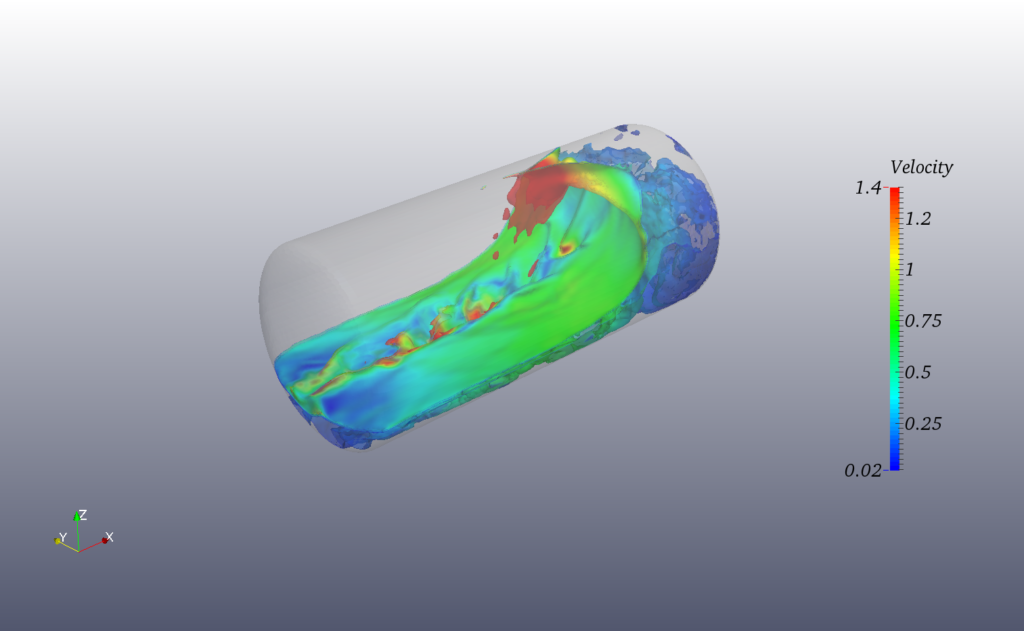Introduction

In the world of fluid dynamics, the behavior of oil sloshing within fuel tanks or reservoirs poses significant challenges, particularly in transportation and storage systems. Computational Fluid Dynamics (CFD) emerges as a pivotal tool in comprehending and mitigating these complex dynamics, ensuring operational stability and safety in the oil industry.
Understanding Oil Sloshing Dynamics
The movement of oil within tanks or reservoirs, influenced by acceleration, braking, or sudden maneuvers during transportation, triggers a phenomenon known as sloshing. This motion can lead to pressure fluctuations, impacting structural integrity, stability, and safety of the container.
Role of CFD Analysis
CFD analysis serves as a virtual laboratory, enabling engineers to simulate and understand the intricate dynamics of oil sloshing. By inputting parameters such as fluid properties, tank geometry, and external forces, CFD models replicate real-world scenarios, predicting sloshing behavior, pressure distribution, and stress points.
Optimizing Design and Safety
Insights gleaned from CFD simulations allow for the optimization of tank design and the implementation of safety measures. Engineers can tweak baffles, partitions, or anti-sloshing devices within tanks, enhancing stability and reducing slosh-induced stresses on the container walls.
Advancements in Industry Practices
Industries reliant on oil transportation and storage, such as automotive, aerospace, or energy sectors, benefit immensely from CFD-driven insights. Optimizing tank designs and safety measures not only ensures operational stability but also mitigates potential risks associated with slosh-induced structural damage.
Conclusion: A Safer Horizon
The application of CFD analysis in understanding and managing oil sloshing marks a transformative leap in ensuring stability and safety within fuel tanks and reservoirs. As industries continue to harness this technology, optimized designs and enhanced safety measures promise a future where oil transportation and storage systems stand resilient against the challenges of slosh-induced dynamics.
